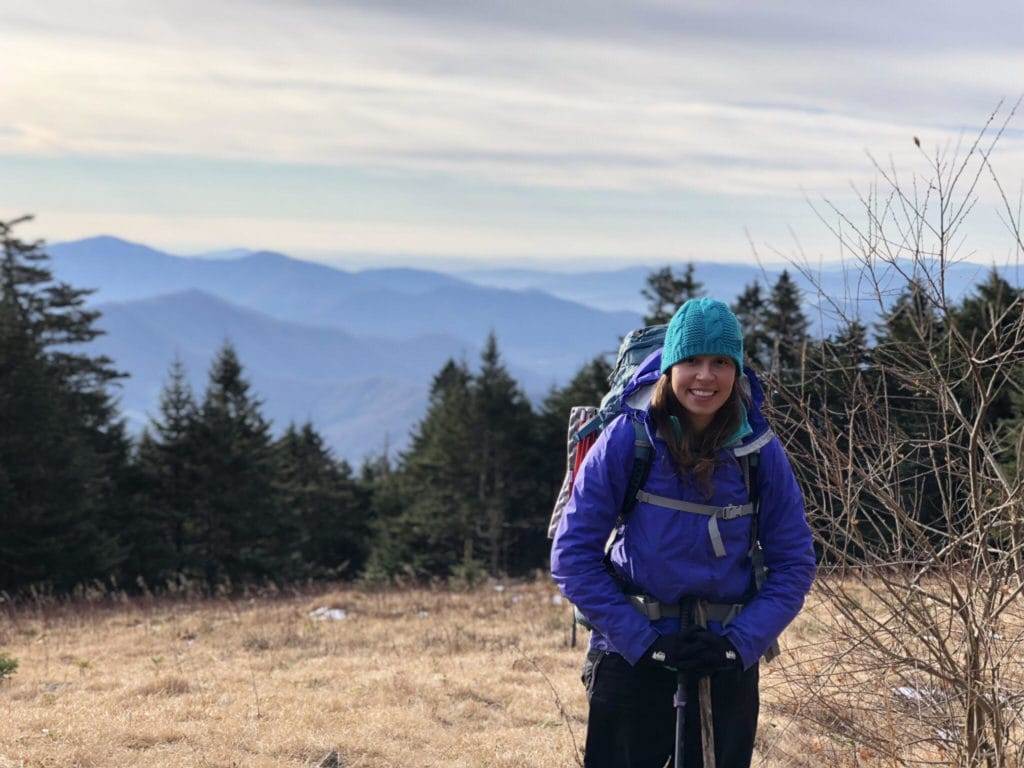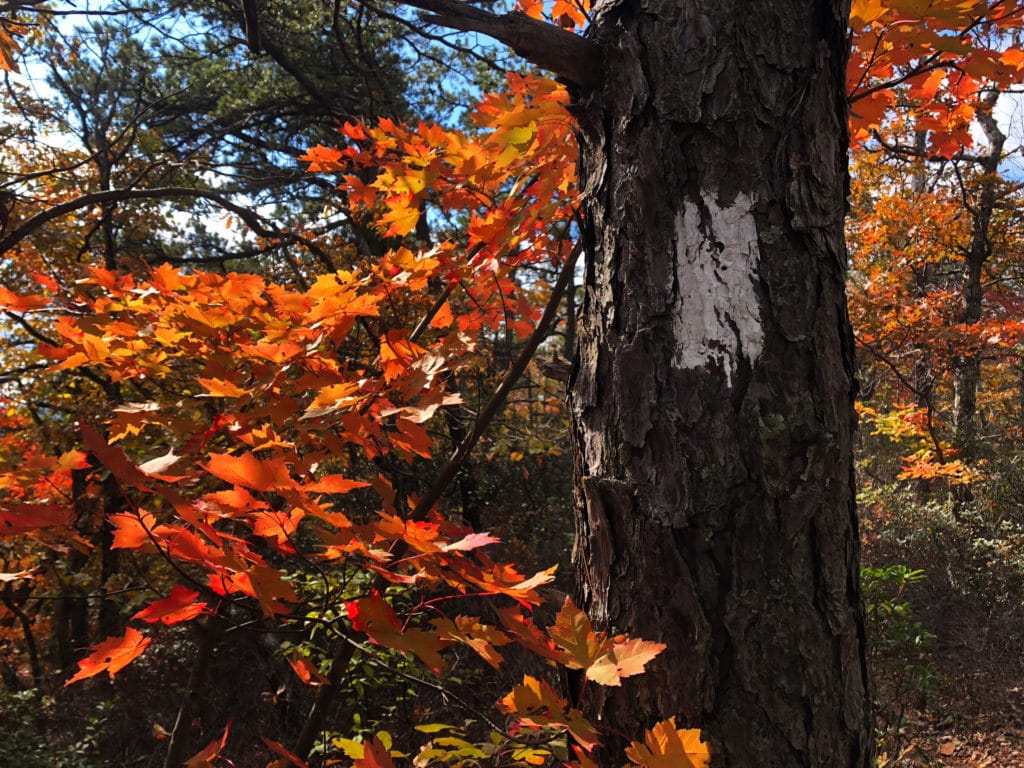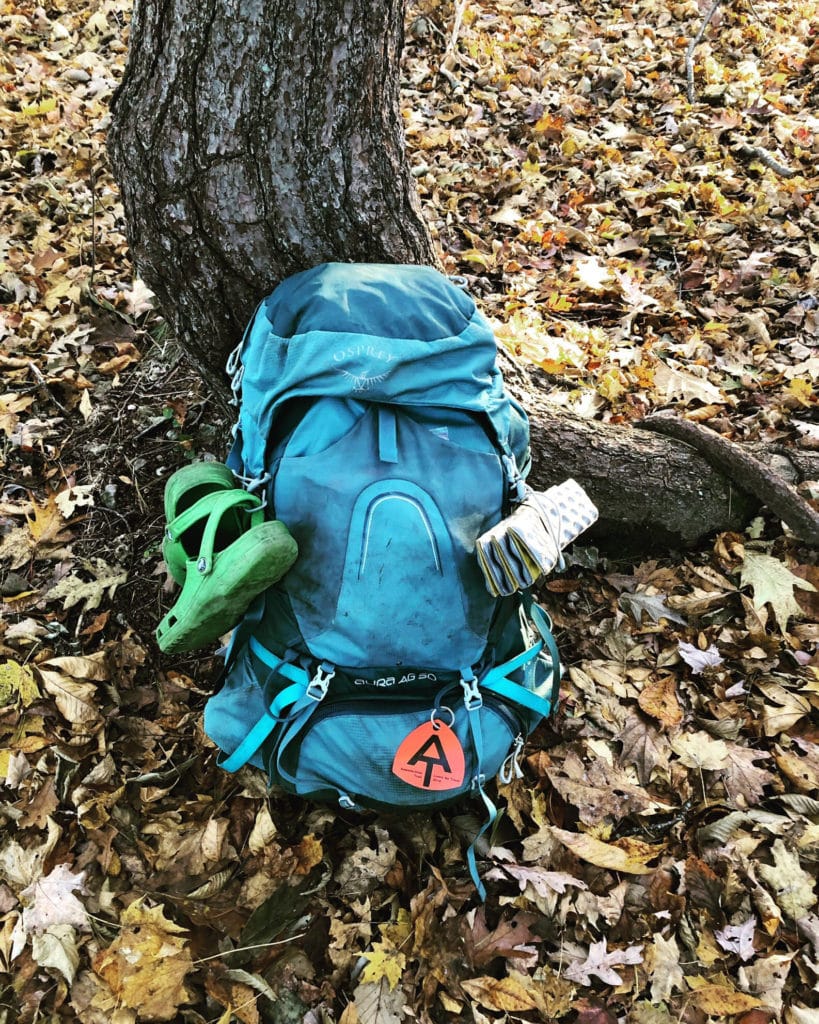My Trail Story by Flower Power

Photo by Allison DiVerde

Photo by Allison DiVerde
Advice for someone who has never done a thru-hike before:
By: Flower Power, Appalachian Trail SoBo 2018
Age: 24 years old

Photo by Allison DiVerde
Preparing Your Gear
There is so much information on the internet to help plan a thru-hike! Previous hikers are such a great resource and there are tons of YouTube channels and blogs to pick from! It’s easy to get caught up in the gear lists hikers make. It’s important to remember that ultimately YOU need to decide what fits your budget, gives you the comfort level YOU desire, and clocks in at a realistic weight. Some people carry a pillow to sleep, others use their clothes bag as a pillow, or nothing at all!
Everyone is entitled to their own opinion, which means you are too. Use your resources to make an informed decision about gear. Make sure if you’re using someone’s list as a go-to that they’re hiking the same trail you intend to, in the same direction and starting the same time of year. For example, the AT is notoriously wet, whereas the PCT is not. Rain gear on the AT may be the right choice for you, but on the PCT it could just be a waste of space.
Preparing Your Body
Honestly, it’s hard to mimic walking all day with a backpack. Assuming you have a job that doesn’t allow you to go hike all day with your pack, there just aren’t enough hours in the day to work a full day and backpack a full day. A good use of your time would be looking up stretches and exercises you could do to strengthen any body parts (knees, quads, lower back, etc.) you need to before leaving.
Many thru-hikers don’t think of themselves as endurance athletes, but we are! Overuse injuries are common on trail and learning how to combat them before you see debilitating signs of them will serve you well.
Preparing Your Mind
The best thing I did before leaving for my thru-hike was compiling a few different lists. This wasn’t my idea, rather Zach Davis’ in his book, Appalachian Trials. He cites these lists as good things to think about before leaving for your thru-hike. The three list topics are: “I am thru-hiking XX trail because…”, “When I successfully thru-hike XX trail I will…”, and “If I give up on the XX trail, I will…” It was a good mental exercise to think about the repercussions of my thru-hike before I hit the trail.
When researching a trail you’re going to find a lot of “sunshine and rainbow” posts, but it’s important to realize that everyday does not have sunshine and rainbows. You’ll experience ups and downs on the trail and you’ll be more likely to succeed on your thru-hike if you’ve put some thought into how to deal with them when they come around.

Photo by Allison DiVerde

Photo by Allison DiVerde
Preparing Your Wallet
How much money you spend on trail can vary heavily. Some people look for work-for-stay opportunities, cheap all you can eat buffets, and rarely do laundry. Others splurge and take zeros in towns with fun things to do, buy nice dinners and fresh food, and prefer to shower regularly. How much you spend really depends on what trail you’re hiking and what you want your town experiences to be like.
The majority of your money will be spent on food (hello 5,000 calorie days where you don’t gain weight!), but other expenses include hostels/hotels, medical needs, in-town activities, camping fees/park entrance fees, etc. Make sure you really think about how much money you need to hike the trail and make it a fun experience! Nobody wants to realize the last month into their hike that they really can’t afford to stay indoors and buy five Big Macs in town.